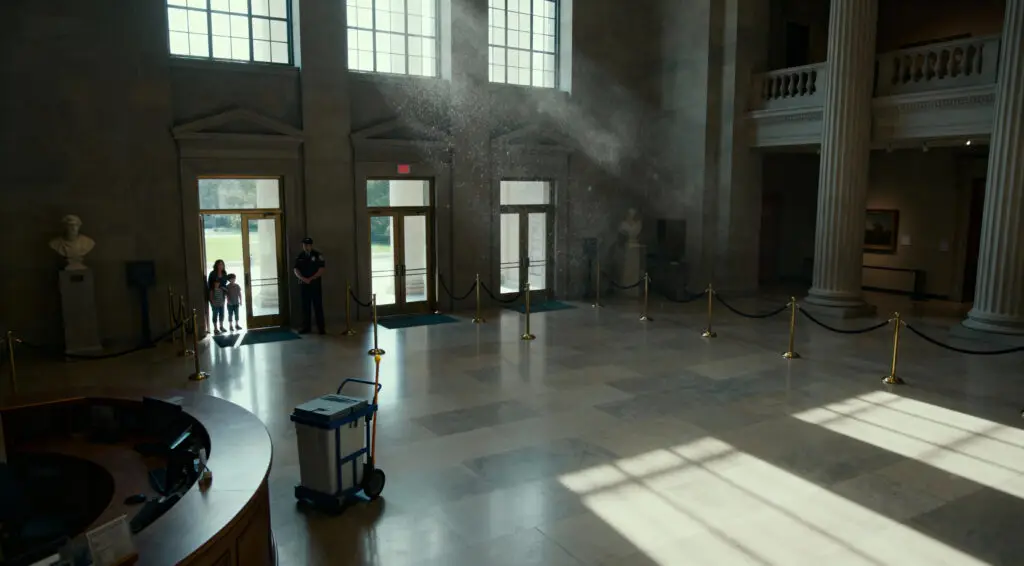US Government Shutdown Deepens as Budget Deadlock Hits Millions
The United States government shutdown has entered its second month, with Republican and Democratic lawmakers in Congress failing to resolve a funding standoff that has left 1.4 million federal employees either on unpaid leave or working without compensation.
The deadlock, which began on October 1, marks the first shutdown in nearly seven years and has already triggered widespread economic and operational consequences. At the center of the dispute are disagreements over healthcare funding, tax credits, and spending cuts introduced by President Donald Trump’s administration.
Budget Deadlock Paralyzes Federal Operations
Congress failed to pass a budget bill before the fiscal year deadline, leading to an automatic suspension of funding for non-essential government services. While Republicans control both chambers, the Senate lacks the 60 votes required to advance the spending measure, allowing Democrats to block the bill unless their demands are met.
Democrats are pushing for the extension of expiring tax credits for healthcare and a reversal of Trump’s cuts to Medicaid, which supports millions of low-income Americans. Republicans, however, are insisting on a “clean resolution” that focuses solely on core government operations, excluding what they consider “unrelated” spending measures.
As negotiations stall, the White House has signaled that it intends to maintain pressure by keeping the government shuttered, believing Democrats will shoulder public blame for the growing crisis.
Trump Administration Moves to Downsize Federal Workforce
Unlike previous administrations that sought to minimize disruption, President Trump has used the shutdown to advance his broader goal of reducing the size of the federal government. Since returning to office in January, Trump has slashed budgets and laid off thousands of employees.
“We’ll be laying off a lot of people,” Trump declared on September 30, just hours before the shutdown began. The administration has also warned that furloughed “non-essential” workers may not receive back pay when operations resume — a break from decades of bipartisan precedent.
Earlier in October, a federal judge temporarily blocked an attempt to permanently dismiss 4,000 federal employees, but the White House has appealed the ruling, arguing that it has constitutional authority to restructure government employment during a shutdown.
Recommended Article: Trump Rejects ‘Secret Venezuela Strike Plans’ in Heated Media Exchange
Essential Services Continue Amid Economic Strain
Essential services such as border security, law enforcement, and hospital care continue to operate, but most affected workers remain unpaid. The Transportation Security Administration (TSA) and air traffic control staff are also working without pay, resulting in widespread flight cancellations and delays.
The impact extends beyond government agencies. Contractors — many of whom run small businesses dependent on federal projects — have been forced to halt operations, losing income with no guarantee of compensation.
Additionally, research at the National Institutes of Health has been suspended, and several Smithsonian museums and national parks, including Alcatraz Island and the Washington Monument, have closed indefinitely.
Americans Feel the Economic and Social Toll
Analysts warn that the shutdown’s effects on the economy are mounting. According to projections, each week of closure may reduce U.S. GDP growth by 0.1 to 0.2 percentage points, equivalent to about $15 billion in losses weekly.
Programs such as the Supplemental Nutrition Assistance Program (SNAP) have run out of funds, affecting 41 million Americans who rely on food assistance. The Trump administration has used emergency funds to partially restore the program through November, setting the stage for another funding showdown by December 1.
Meanwhile, Social Security and Medicare checks continue to be issued, though administrative services like benefit verification and card processing have slowed significantly.
Historical Perspective and Political Fallout
Government shutdowns are not new to the U.S. political landscape. There have been over 20 shutdowns in the past five decades, including the record-breaking 35-day closure between December 2018 and January 2019, also under President Trump. That episode ended only after air traffic controller walkouts caused widespread flight disruptions.
During that shutdown, the Congressional Budget Office estimated an $11 billion economic loss — including $3 billion in permanently lost output.
Political analysts note that Trump’s current strategy appears far more aggressive, viewing the shutdown not as a temporary setback but as a tool for restructuring government. His stance has intensified partisan hostility, with House Democrats, led by Hakeem Jeffries, accusing the administration of “holding the nation hostage for political gain.”
Federal Workers Demand Action from Congress
As the shutdown drags on, the American Federation of Government Employees, the largest federal union, is calling for immediate congressional action to restore funding. Protests have erupted in Washington, D.C., New York, and Chicago, with placards reading “Stop the Shutdown” and “Real People, Real Consequences.”
Union leaders warn that morale among federal employees is collapsing and that prolonged financial strain could drive skilled workers out of public service permanently.
Economic Uncertainty Grows with No End in Sight
Economists say that while short shutdowns have limited long-term impact, this one risks pushing the economy toward deeper instability. The suspension of key economic data releases, such as the monthly jobs report, has also clouded policymakers’ ability to assess real-time conditions.
With the crucial holiday shopping season approaching, prolonged disruption could weaken consumer confidence and slow economic recovery.
Despite failed votes to reopen the government, bipartisan talks are ongoing. However, neither side appears ready to compromise on healthcare funding — the central issue at the heart of the standoff.
As the shutdown enters its 35th day, millions of Americans face mounting uncertainty. Unless Congress reaches an agreement soon, experts warn, the world’s largest economy could face its most severe government paralysis in decades.























